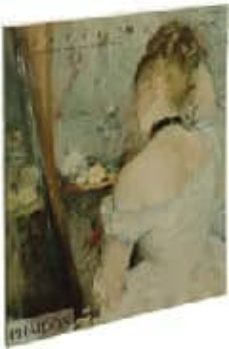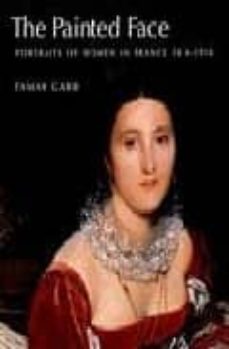Imprescindibles
Ficción
No Ficción
Ciencias y tecnología BiologíaCienciasCiencias naturalesDivulgación científicaInformáticaIngenieríaMatemáticasMedicinaSalud y dietas Filología BiblioteconomíaEstudios filológicosEstudios lingüísticosEstudios literariosHistoria y crítica de la Literatura
Humanidades Autoayuda y espiritualidadCiencias humanasDerechoEconomía y EmpresaPsicología y PedagogíaFilosofíaSociología Historia ArqueologíaBiografíasHistoria de EspañaHistoria UniversalHistoria por países
Infantil
Juvenil
Cómic y manga
Novela gráfica Novela gráfica americanaNovela gráfica europeaNovela gráfica de otros países Personajes, series y sagas Series y sagasStar Wars Superhéroes Cómics DCCómics MarvelCómics otros superhéroesCómics Valiant
eBooks
Literatura ContemporáneaNarrativa fantásticaNovela de ciencia ficciónNovela de terrorNovela históricaNovela negraNovela romántica y erótica Juvenil Más de 13 añosMás de 15 años Infantil eBooks infantiles
Humanidades Autoayuda y espiritualidadCiencias humanasEconomía y EmpresaPsicología y PedagogíaFilosofía Historia Historia de EspañaHistoria Universal Arte CineMúsicaHistoria del arte
Ciencia y tecnología Ciencias naturalesDivulgación científicaMedicinaSalud y dietas Filología Estudios lingüísticosEstudios literariosHistoria y crítica de la Literatura Estilo de vida CocinaGuías de viajeOcio y deportes
TAMAR GARB
Recibe novedades de TAMAR GARB directamente en tu email
Filtros
Del 1 al 2 de 2
PHAIDON PRESS LIMITED 9780714834795
The French nineteenth-century painter Berthe Morisot was held by her contemporaries to be the ‘quintessential Impressionist’. She was an influential member of the Impressionist group, whose exhibitions she organized with her colleagues Monet, Renoir, Pissarro and Degas. This book considers her work in the context of the artistic and social debates of the time. It discusses the meaning that Baudelaire’s famous dictum to paint ‘the heroism of modern life’ had for a woman artist painting in the changing city of Paris – a very different city from the Paris of her male colleagues.
Ver más
Tapa blanda
YALE UNIVERSITY PRESS 9780300111187
The meaning of a painted portrait and even its subject may be far more complex than expected, Tamar Garb reveals in this book. She charts for the first time the history of French female portraiture from its heyday in the early nineteenth century to its demise in the early twentieth century, showing how these paintings illuminate evolving social attitudes and aesthetic concerns in France over the course of the century. The author builds the discussion around six canonic works by Ingres, Manet, Cassatt, Cezanne, Picasso, and Matisse, beginning with Ingres's idealized portrait of Mme de Sennones and ending with Matisse's elegiac last portrait of his wife. During the hundred years that separate these works, the female portrait went from being the ideal genre for the expression of painting's capacity to describe and embellish "nature," to the prime locus of its refusal to do so. Picasso's Cubism, and specifically "Ma Jolie," provides the fulcrum of this shift.
Ver más
Tapa dura
Del 1 al 2 de 2



























